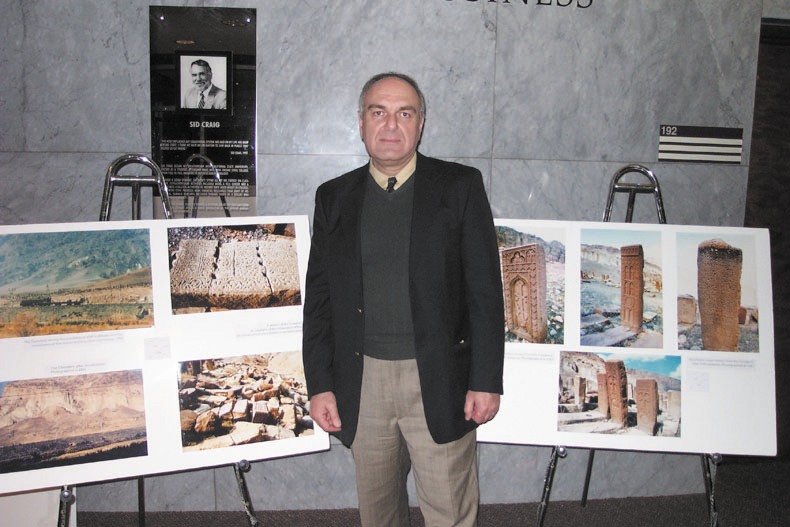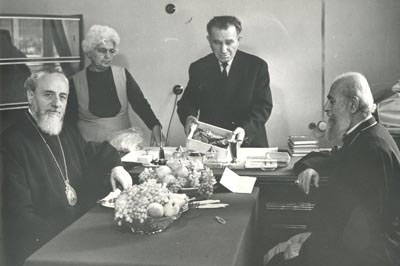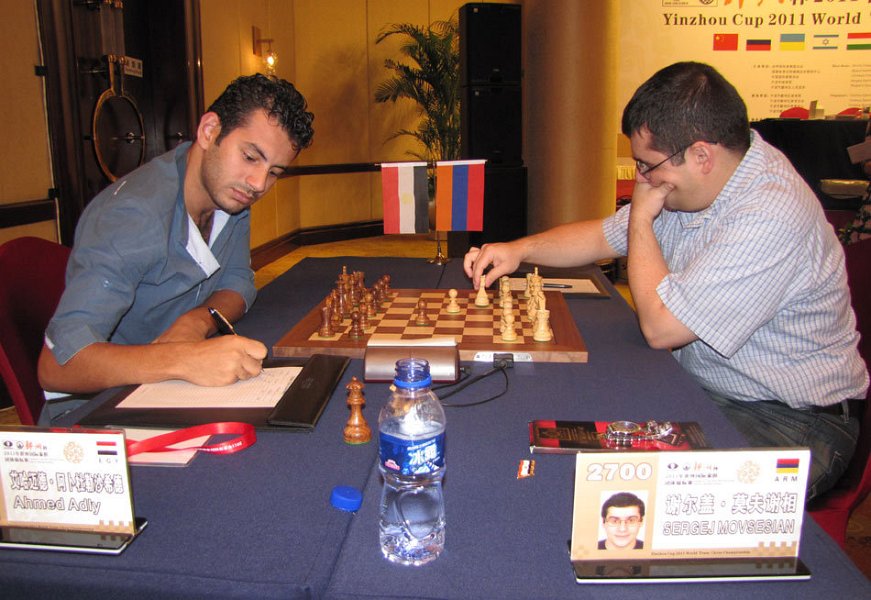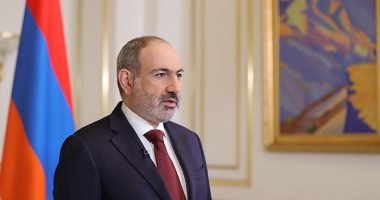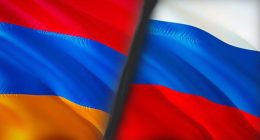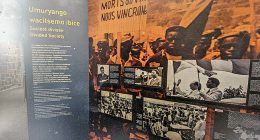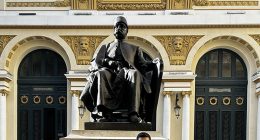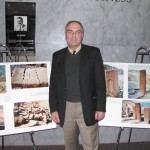

During the 16th through the 18th centuries the Armenian merchants in Persia were active not only on the transit route that cut across Armenia but also on many other routes that traversed the Eurasian continent. Together with merchants of the homeland they patronized and inspired the Armenian artists and promoted their works. By disseminating and supporting the Armenian art, they at the same time promoted themselves and commemorated forever their own names and became the ambassadors of culture. They sponsored the production of numerous illuminated manuscripts and helped the Armenian culture by saving them. They exported and imported a great diversity of artifacts, introducing to the western people with the cultural achievements of the eastern people, and similarly the culture of the western people to the eastern people.
Professor Dr. Levon Chookaszian was born in 1952 in Yerevan, Republic of Armenia. He graduated from Yerevan State University in 1974 with a degree in philology and is the author of two monographs. He has published around four hundred articles and reviews for scholarly journals and newspapers, and he has prepared numerous entries on Armenian art, painters, sculptors, and architects for the Armenian Soviet Encyclopedia, the Armenian Question Encyclopedia, the Armenian Abridged Encyclopedia, the Saur Allgemeines Kunstlerlexikon (Germany, Munchen-Leipzig). He has participated in many international congresses and symposia on the topic of Armenian, Georgian, Persian, and Byzantine art. Dr. Chookaszian and his brother Garegin Chookaszian are the initiators of an Armenian Art Database. In 1992-1993, Dr. Chookaszian was conducting research on 12th through 13th century Armenian illuminated manuscripts found in U.S. museums, galleries, and libraries as a Soros Senior Research Fellow at the Center for Advanced Study in the Visual Arts at the National Gallery of Art in Washington, D.C., and Getty Fellow at the Getty Grant Program (Santa Monica, California). Between 1978-1996, he was a Senior Fellow and Professor of Armenian Art at the Center for Armenian Studies in the Yerevan State University. In 1996 he received the grant of UNESCO and established the UNESCO Chair of Armenian Art History, and Art History Department at Yerevan State University. Since then he is a director of the UNESCO Chair of Armenian Art History at Yerevan State University. Between 1992-2009 he delivered numerous lectures on Armenian art at the universities, libraries and the museums in Italy (universities in Bologna, Ravenna, Siena, Ecole Normale Superiore in Pisa, Kunsthistorische Institute in Florence), USA (National Gallery of Art in Washington, D.C., Walters Art Gallery in Baltimore, Bellevue Art Museum in Seattle, Columbia University, State University of New York in Albany, Wayne State University in Detroit, Cleveland State, Dearborn Michigan, Emory University in Atlanta, UC Berkeley, UCLA, Fresno State, UC Irvine, Brigham Young University at Provo, University of Utah, Pasadena Public Library, Glendale Public Library), Canada (Concordia University in Montreal), UK (East Anglia University in Norwich), Lebanon (Balamand University near Tripoli and Haigazian University in Beirut), Greece (Aristotle University in Thessaloniki, Greek-Orthodox Centre), and Germany (Halle University in Halle, Lepsiushalle in Potsdam), France (Aix-en Province University).
For information please contact Dr.
“Armenian Merchants of Isfahan and Dissemination of Art Between East and West” by Prof. Levon Chookaszian
- No comments
- 3 minute read
The Positive Outcomes of the Brussels Meeting
By: K. KHODANIAN Last September, Azerbaijani troops invaded Artsakh, prompting over…
- MassisPost
- April 14, 2024
- No comments
- 2 minute read
It’s Not Armenia That Has Distanced Itself From Russia, but Rather the Other Way Around
By K. KHODANIAN Armenia and Russia are experiencing notable tensions in their…
- MassisPost
- April 7, 2024
- No comments
- 2 minute read
Stating the Obvious: Kigali Genocide Memorial and the Armenian Genocide
Gomidas Institute Initiates Campaign on Kigali Genocide Memorial and the Armenian…
- MassisPost
- April 7, 2024
- No comments
- 3 minute read
How an Armenian Family Helped in Building Modern Egypt
By ARUNANSH B. GOSWAMI Recently the author of this article was in…
- MassisPost
- April 5, 2024
- No comments
- 5 minute read

